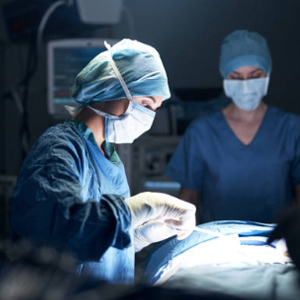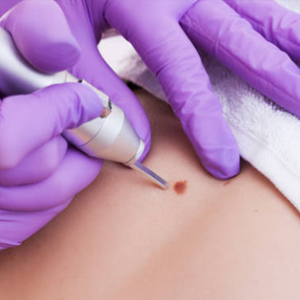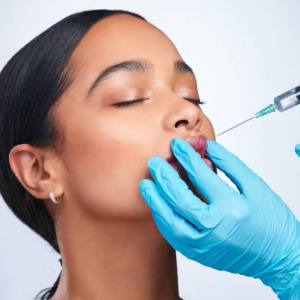What is blepharoplasty?
Blepharoplasty is a surgical procedure that involves the removal of excess skin, fat, and sometimes muscle from the upper or lower eyelids. This surgery helps rejuvenate the eyelids, reducing sagging or puffiness and improving both the appearance and function of the eyes.
Who Can Benefit from Blepharoplasty / Eyelid surgery?
Blepharoplasty is ideal for individuals who experience:
- Drooping or baggy upper eyelids
- Excess skin causing partial obstruction of peripheral vision
- Under-eye bags due to surplus skin beneath the lower eyelids
This versatile procedure can also be combined with other cosmetic treatments, such as brow lifts, facelifts, or skin resurfacing, to achieve comprehensive facial rejuvenation.
. Who is a good candidate for blepharoplasty /Eyelid surgery?
Ideal candidates are individuals who are in good health and have realistic expectations about the results. Typically, those who experience droopy eyelids, puffiness under the eyes, or excess skin that affects their vision are suitable for the procedure. However, a consultation with our experts at JR Medical is essential to assess individual needs.
Enquire now
Consultation and Pre-Operative Assessment
Before undergoing blepharoplasty, you will have a thorough consultation with one of our qualified specialists, including plastic surgeons or oculoplastic surgeons. This consultation will involve:
- Medical History Review: We will assess your medical history, including previous surgeries, existing conditions (such as dry eyes or glaucoma), and current medications. This helps us tailor the procedure to your specific needs.
- Discussion of Goals: Understanding your aesthetic goals is crucial for predicting the potential success of the procedure.
- Physical Examination: You may undergo a comprehensive eye assessment, including tear production tests and eyelid measurements, as well as visual field testing to identify any blind spots.
Preparation Guidelines: To minimize risks, you may need to discontinue certain medications (such as blood thinners) and refrain from smoking in the weeks leading up to your surgery.
What does the recovery process involve?
Recovery time typically takes about one to two weeks. After the procedure, patients may experience mild swelling, bruising, or dryness around the eyes. Transitioning into your normal routine is gradual, with most patients returning to work within 7 to 10 days. Our team will guide you through aftercare to ensure optimal healing.
How long do the results of blepharoplasty / Eyelid surgery last?
The results of blepharoplasty are long-lasting, often improving the eyelid appearance for many years. While natural aging will continue, the enhancements made during the surgery will be visible for an extended period, giving patients a more youthful, refreshed look.
The Surgical Procedure
Blepharoplasty /Eyelid surgery
is typically performed on an outpatient basis and includes the following steps:
-
Anaesthesia Administration
To begin with, local anaesthesia is administered through carefully placed injections to numb the eyelids. This step ensures complete comfort and minimizes discomfort throughout the procedure. Additionally, the use of local anaesthesia allows for precise surgical work while keeping the patient at ease.
Incision and Tissue Removal
Upper Blepharoplasty
For upper blepharoplasty, an incision is meticulously made along the natural eyelid crease. This strategic placement ensures that any scarring remains discreet. Through this incision, the surgeon carefully removes excess skin, muscle, and fat to achieve a more youthful and rejuvenated appearance.
Lower Blepharoplasty
For lower blepharoplasty, the incision is either placed just beneath the lash line or discreetly within the lower lid. This precise approach allows the surgeon to remove or reposition excess tissue effectively. Furthermore, this technique ensures a smoother, more natural contour to the lower eyelid, addressing puffiness and under-eye bags.
In cases of significant drooping, we may combine blepharoplasty with ptosis correction to achieve optimal results.
Post-Operative Care and Recovery
After your surgery, you will be monitored in a recovery area before returning home. It’s essential to follow these guidelines to ensure a smooth recovery:
Do’s:
Expected Outcomes
Patients who undergo blepharoplasty often report increased self-confidence and a refreshed, youthful appearance. While some results can last a lifetime, others may notice a gradual return of eyelid drooping over time. Bruising and swelling typically resolve within 10 to 14 days, and surgical scars will fade over several months. Protecting your eyelids from sun exposure is vital for optimal healing and lasting results.
Other Surgical Treatments















